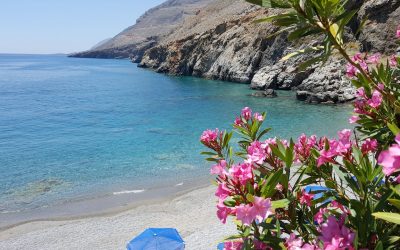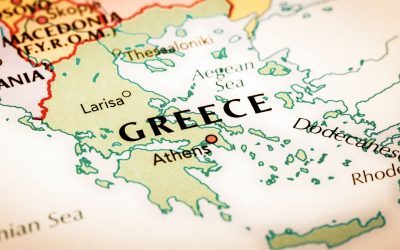One of my first impressions of Greece as we rolled off the Anek Lines ferry, was how the full moon lit up Drepano Beach, Igoumenitsa and...

Ferry from Italy to Greece
Ferry from Italy to Greece
A Route through Italy to Greece
Sitting in Spain at the beginning of the year, we started contemplating the next chapter in our Motoroaming adventures - our Greek...
Follow us
You can find us on social media,
different channels for different content.


